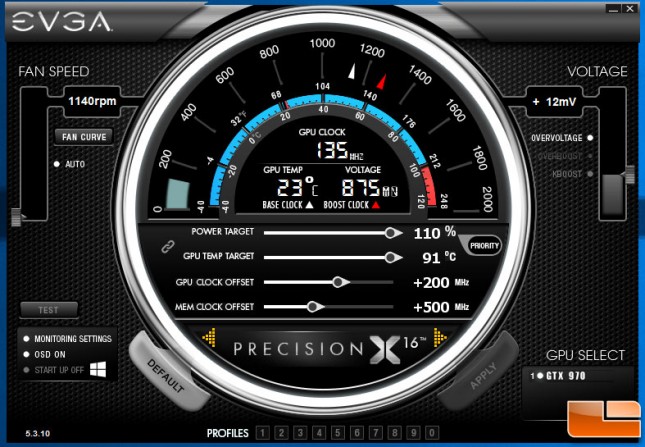

NVIDIA'S GEFORCE GTX 980 Apollo 11 Lunar Landing Tech Demo tested The NVIDIA GEFORCE GTX 960 REVIEW - EVGA SSC Edition NVIDIA GeForce GTX TITAN X Video Card Australian Reviewīattlefield Hardline - Developer Q&A with Visceral Games HP Zvr 23.6-inch Virtual Reality Display First Look NVIDIA GEFORCE GTX 980 Ti Australian Review - TITANic graphics performance for US $649 NVIDIA GeForce Experience QuarUpdate Analysis Video Tour - NitroWare experiences HP's new Australian Customer Experience Centre and Intel 6th Gen ‘Skylake’ PCsīose SoundTouch 2015 Wireless Speaker Preview Intel Core i7 Extreme Edition (Codename: Broadwell-E) Processor Australian ReviewĪSUS ROG GX700 Liquid Cooled Gaming Laptop Video Preview and Analysis.

ZOTAC NVIDIA GeForce GTX 1050 Australian Review Kaspersky Keynote and Press Conference - Sydney 2017 VICHYPER - Australian Hyperloop Interview and Tour Introducing the D-Link COBRA AC5300 Wave 2 MU-MIMO Wi-Fi Modem Router and Triple Band Wi-Fi explained Intel’s flawed ‘Rangeley’ Atom C2000 processors are still a ticking time bombĮric Broockman Extreme Networks CTO Interview It really makes overclocking Nvidia cards much more complicated, if it is even possible on your card.Crucial MX500 1TB SATA Solid State Drive Review I strongly suggest, however, that you not mess with voltage. Otherwise, simply max out the slider to whatever it allows. If power never goes all the way to 100%, then you don't need to worry about that. Slowly move the core clock up until glitches or crashes occur. So, once you've done that, use Afterburner (not PrecisionX, which is only marketed for EVGA cards), and begin overclocking in small steps, monitoring the power levels while checking for artifacts or glitches. You don't need that on Nvidia cards, and you should probably uninstall MSI Afterburner all together and start over to get it to go back to default. Next misconception: unofficial overclocking is only relevant for AMD cards, which have a hard cap on clocks. Furthermore, voltage often doesn't help with Nvidia cards due to the nature of Nvidia Boost, so it could be a moot point anyway. You shouldn't start by increasing voltage and power, and furthermore your card may not actually allow voltage adjustments. I can't answer all your questions, but I think you may be going about overclocking the wrong way. Why do all the programs have different voltage options? Why will Precision 2 change voltage, but not Precision 4 (lastest)? Why did the power limit % change from a maximum of 120% to just 102%? How can I get it back? So many things about this experience don't make sense to me. I tried setting it to 0.975v and HWMoniter registered the change. But the voltage slider in the old version of Precision ranged for 0.975v to 1.150v. My card was running at a voltage of 0.850v / 0.877v. I read online that old versions of Precision work better for voltage control for some reason. Then I noticed after burner would only let me go to 102% power now too. Since installing Precision, I noticed After Burner would no longer show GPU usage and would stay at 0% all the time. I tried that but it did not seem to have any effect on the voltage. I also noticed Precision would let me increase the voltage by +12mv. I installed EVGA Precision X, but with it, the power limit would not go past 102%. I found out you have to edit this config file for unofficial overclocking. I recently decided to start overclocking. But I swear I remember the power slider would go to 120%. I downloaded MSI After Burner right away. When I first built my computer with this graphics card.


 0 kommentar(er)
0 kommentar(er)
